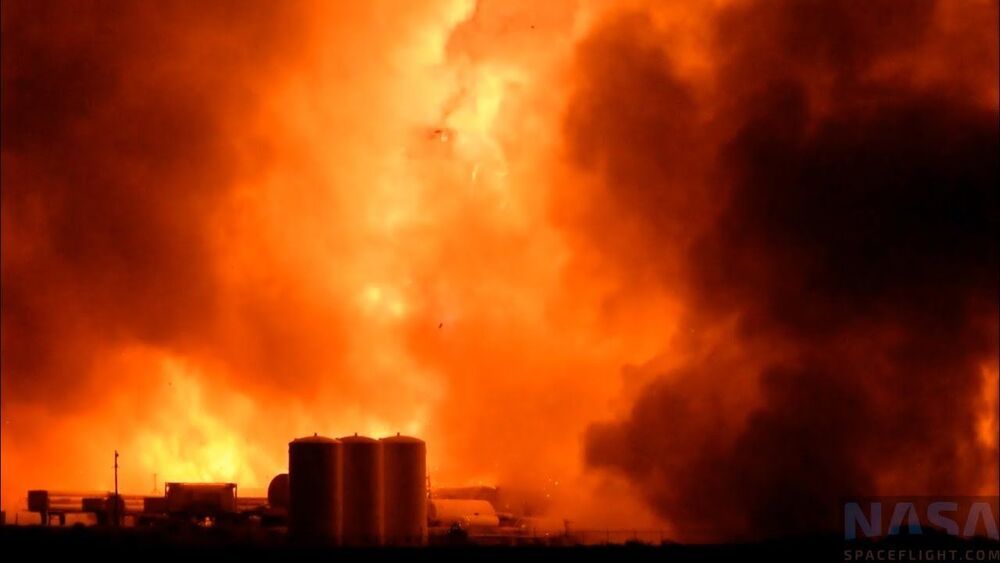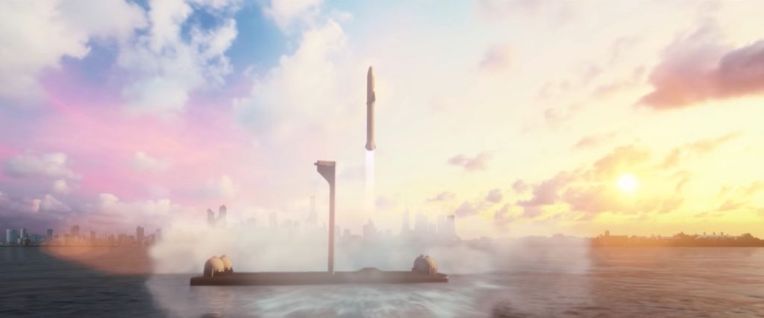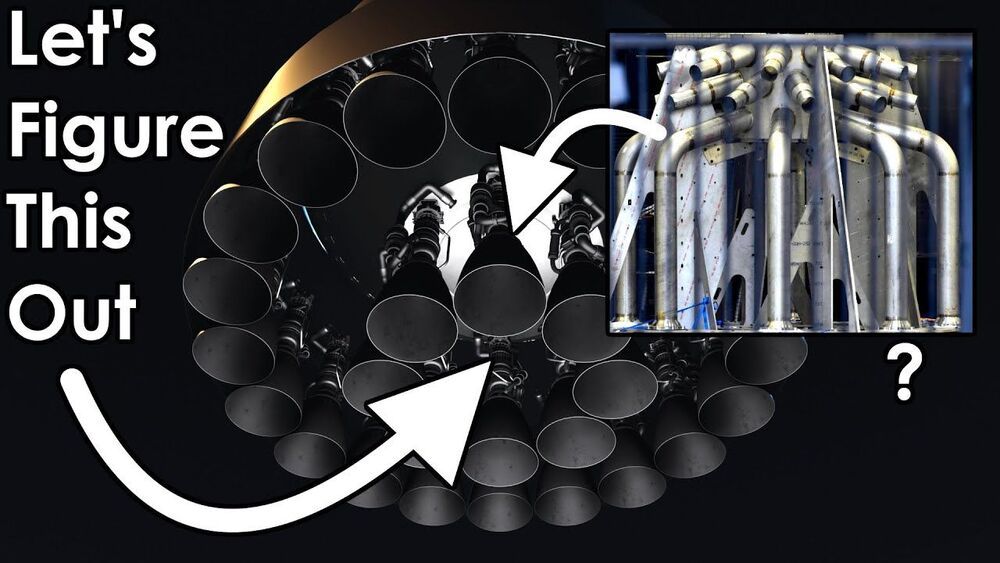Elon Musk plans to unveil a spaceport in the ocean. Here’s what you need to know.


Elon Musk plans to unveil a spaceport in the ocean. Here’s what you need to know.


SpaceX is going to be providing more rides to the International Space Station for private astronauts, on top of the previously announced mission set to take place as early as next January. All four of these flights will be for Axiom, a private commercial spaceflight and space station company, and they’re set to take place between early next year through 2023.
SpaceX’s Crew Dragon and Falcon 9 spacecraft make up the first commercial launch system certified for transporting humans to the ISS, and they’ve already delivered three groups of NASA astronauts to the orbital lab, including one demo crew for its final qualification test, and two operational crews to live and work on the station. In May, Axiom and NASA revealed the details of their AX-1 mission, the first all-private launch to the ISS, which will carry four passengers to the station on a Crew Dragon to live and work in space for a duration of eight days in total.
NASA and SpaceX will be providing training to all four of the Axiom crews set to make the trip to the station. And while neither SpaceX nor Axiom has shared more details yet on what the other three missions will entail, or when they’re set to take place, four missions in two years technically absorbs all the existing capacity NASA has allocated for private astronaut missions, which is set at two per year, for 2022 and 2023.



The Japan Aerospace Exploration Agency (JAXA) has announced on its website that the agency has plans to put a Transformable Lunar Robot on the moon. In their announcement, they note that the goal of the robot deployment is to learn more about the surface of the moon as part of preparation for the deployment of a future crewed rover.
JAXA has made clear its aim to be part of establishing a permanent crewed presence on the moon, and as part of that, the agency has developed a lunar lander and is working on a rover. The lander, officially called the ispace lunar lander, has been designed to be a generic host for multiple entities. Customers planning to use the lander include the Canadian Space Agency and The Mohammed Bin Rashid Space Center. JAXA is developing a rover as well, which it plans to send to the moon in 2029. The lander will be launched aboard SpaceX rockets.
As part of their effort to develop a rover, JAXA has commissioned a team from the toy manufacturer, Tomy Company, Sony Corporation and Doshisha University to build a small lunar robot to test dust conditions on the moon. The design of the robot involves making use of transformable technology to save space in the lander—during launch it will be shaped like an 80 mm diameter ball (and will weigh just 250 g). After deployment on the moon, it will push itself into two halves with a connecting axle between them—the separated halves will then serve as wheels to allow the robot to move around on the surface.

SpaceX is already underway on building its first floating spaceport platform, and the plan is for it to start hosting launches as early as next year. SpaceX CEO Elon Musk shared those details on the progress of its build for Deimos, one of two converted oil rigs that SpaceX purchased earlier this year in order to transform them into floating launch and landing sites for its forthcoming Starship reusable rocket.
SpaceX’s purchase of the two rigs at the beginning of this year was for the creation of Deimos and Phobos, two floating spaceports named after the moons of Mars. They’ll act as offshore staging grounds for Starship launch activities, and the name is appropriate because the eventual plan is to have Starship provide transport for both people and goods to and from the red planet.
Ocean spaceport Deimos is under construction for launch next year https://twitter.com/kendall_dirks/status/1398640498223587334

The Starship is designed to send humans further than ever into space, but its internal design is also a sight to see.


Discover Russia’s new 500kW Nuclear Space Tug to be launched in 2030 to the moon, Venus, and on to Jupiter.
Stay tuned to watch My live show with Tim Pickens on the Inside Scoop on Virgin Galactic this evening 26 may 21 at 6 PM CDT.